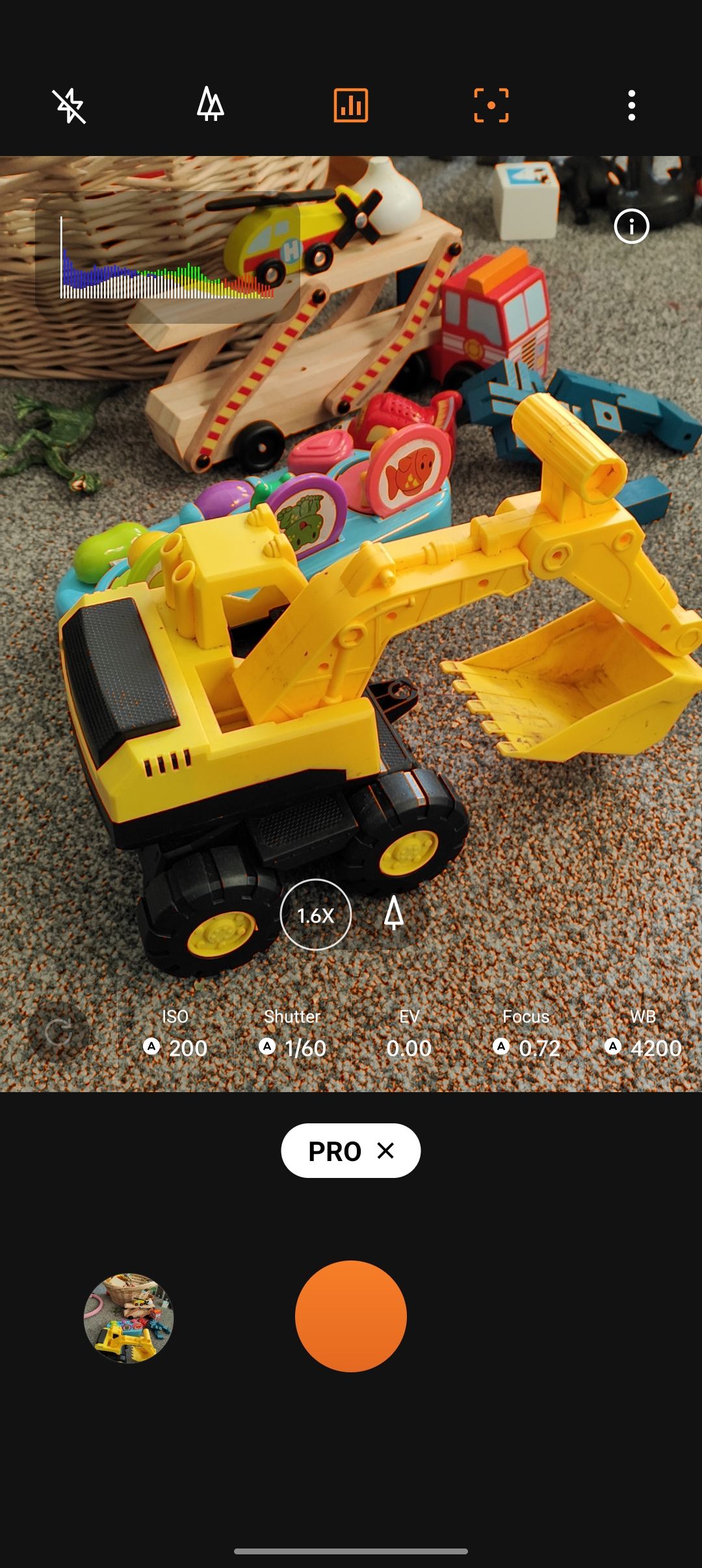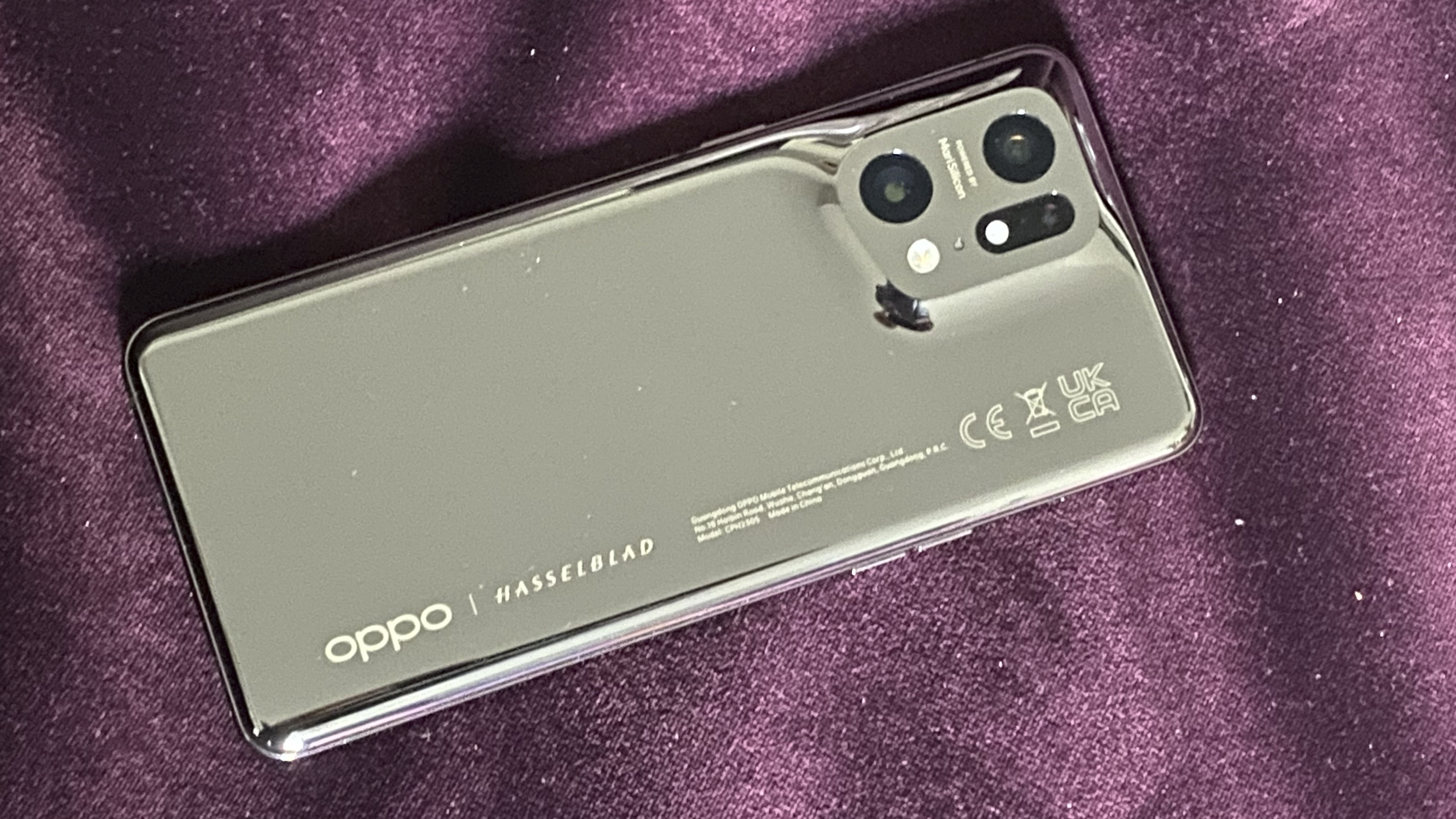Digital Camera World Verdict
The Oppo Find X5 Pro offers a genuinely useful photographic tool, with enough features to keep most enthusiast photographers happy. It’s a great smartphone, but it isn’t cheap and it has some tough competition.
Pros
- +
Two 50 megapixel rear cameras
- +
Super speedy charging
- +
Quality 120Hz 6.7in OLED screen
Cons
- -
High price
- -
No zoom telephoto
Why you can trust Digital Camera World
While there is an argument that there is still a future for compact digital cameras, in is undeniable that mobile phone cameras have surpassed them in popularity and, in many ways, photographic potential. In order to assess this potential it is important to review the similarities between each camera type.
Both types of device are designed with portability and ease of use in mind, rather than absolute image quality. Compacts and smartphones feature much smaller sensors than DSLRs and common mirrorless cameras and as such are limited in their maximum pixel count and ISO sensitivity. This makes large image reproductions and low-light shooting less practical than when using a full frame camera, APS-C or even a Micro Four Thirds model.
Design and screen
In terms of handling, the phone is well-balanced and easy to operate. It feels nicely constructed and capable of withstanding a few knocks and scrapes while out shooting. Paired with the IP68 water and contaminant resistance, this lends a sense of reassurance, despite the relatively thin profile of the body.
The screen is responsive and the camera app itself is intuitive enough. For more advanced photographers, there are plenty of settings to play with, for maximum control. The size of the screen itself can prohibit single-handed shooting however, if the user wishes to access settings while maintaining a good grip. Being powered by the Snapdragon 8 Gen 1 chipset, the X5 Pro is quick to process images and is responsive to commands.
Oppo Find X5 Pro: camera
Rear cameras
• Wide f/1.7 lens. 50MP IMX766 1/1.56" sensor with 5-axis OIS. 80° field of view.
• Ultrawide f/2.2 lens. 50MP IMX766 1/1.56" sensor. 110° field of view.
• Telephoto f/2.4 lens. 13MP S5K3M5 1/3.4" sensor. 40° field of view.
Front camera
• Wide f/2.4 lens. 32MP IMX709 RGBW 1/2.74" sensor. 90° field of view.
The headline feature of the Find X5 Pro’s photography offering is the two 50 megapixel Hasselblad cameras. Hasselblad is now working with Oppo to help it with its photo technology, and this has resulted in some unique tools for those who buy the phone for high-end imaging.
The Hasselblad XPan is probably one of the most desirable, and unusual, film cameras ever made. Unlike the medium format cameras that have made Hasselblad famous, the XPan used 35mm film to shoot panoramic images that were 65x24mm in size. On the X5 Pro, you can shoot images with the same panoramic ratio. The Oppo incarnation of the XPan is, of course, one of the digital menu options on its built-in cameras. Despite having three built-in lenses it only offers the one wideangle view when shooting the panoramas.
This XPan mode was first seen on OnePlus 9 Pro and OnePlus 9 phones last year, but now that OnePlus has been merged into Oppo, the tech moves to the Find X5 Pro. A neat trick of the XPan mode is that as you fire this shutter the image you have just taken is displayed as a negative and then final images themselves are recorded on the internal memory as positive versions.
The best camera deals, reviews, product advice, and unmissable photography news, direct to your inbox!



Oppo Find X5 Pro: camera performance
Generally speaking, files from the Oppo Find X5 Pro’s headline Hasselblad camera are sharp and detailed. Viewing images taken indoors at 100% magnification reveals that noise is well controlled, even at sensitivities of ISO 1000 and above.
As expected from a small sensor (the X5 Pro uses a 1/1.56” format), there is some in-camera noise reduction automatically applied to Jpegs, which produces a smudging effect. As long as the image isn’t brightened aggressively, however, results are impressive and far superior to what was possible from a compact camera of the last decade. This also helped along by the f/1.7 maximum aperture, which allows more light into the camera, natively.
Contrast from the built-in optics is also punchy but not over the top, giving shots a natural depth. This is acheived by dispensing with the plastic elements traditionally found in smartphone cameras with what Oppo calls ultra-transparent glass. This also manages to reduce severe chromatic aberration and geometric distortions, while increasing clarity, even at maximum aperture.
Colors from the X5 Pro really do push the boundaries of what has been expected from camera phones to date. The combination of lens quality, sensor technology of the Sony IMX 766 chip and processing method provide organic results. With older phones, images often looked highly digital, in a fashion often seen in early digital cameras. Things have clearly caught up and files from the X5 Pro have an almost filmic style under certain lighting.
Combined with the wide aperture and the reasonably shallow depth-of-field this generates, images do have the pro edge.
Oppo Find X5 Pro: sample images





Oppo Find X5 Pro: verdict
Overall the Oppo Find X5 Pro is a fantastic smartphone with an attractive proposition for photographers. It’s quick, powerful and images are a significant step above what the previous generation of models could dish up.
One disappointing element is the lack of telephoto range, when pitched against competing models such as the iPhone 13 Pro and Samsung Galaxy S22 Plus. This camera also features a much lower resolution than the wide and ultra-wide options (13MP, down from 50MP), limiting further digital cropping. While this might not be a deal breaker for casual users, it does reduce the viability of using the X5 Pro in place of a mirrorless camera for professional applications.
Read more:
• Best camera phone
• Best budget camera phones
• Best iPhone for photography
• Best burner phone
• Best 5G phone
• Best phablets
• Best flip phones
• Best phablets
As the Editor for Digital Photographer magazine, Peter is a specialist in camera tutorials and creative projects to help you get the most out of your camera, lens, tripod, filters, gimbal, lighting and other imaging equipment.
After cutting his teeth working in retail for camera specialists like Jessops, he has spent 11 years as a photography journalist and freelance writer – and he is a Getty Images-registered photographer, to boot.
No matter what you want to shoot, Peter can help you sharpen your skills and elevate your ability, whether it’s taking portraits, capturing landscapes, shooting architecture, creating macro and still life, photographing action… he can help you learn and improve.
- Chris GeorgeContent Director











